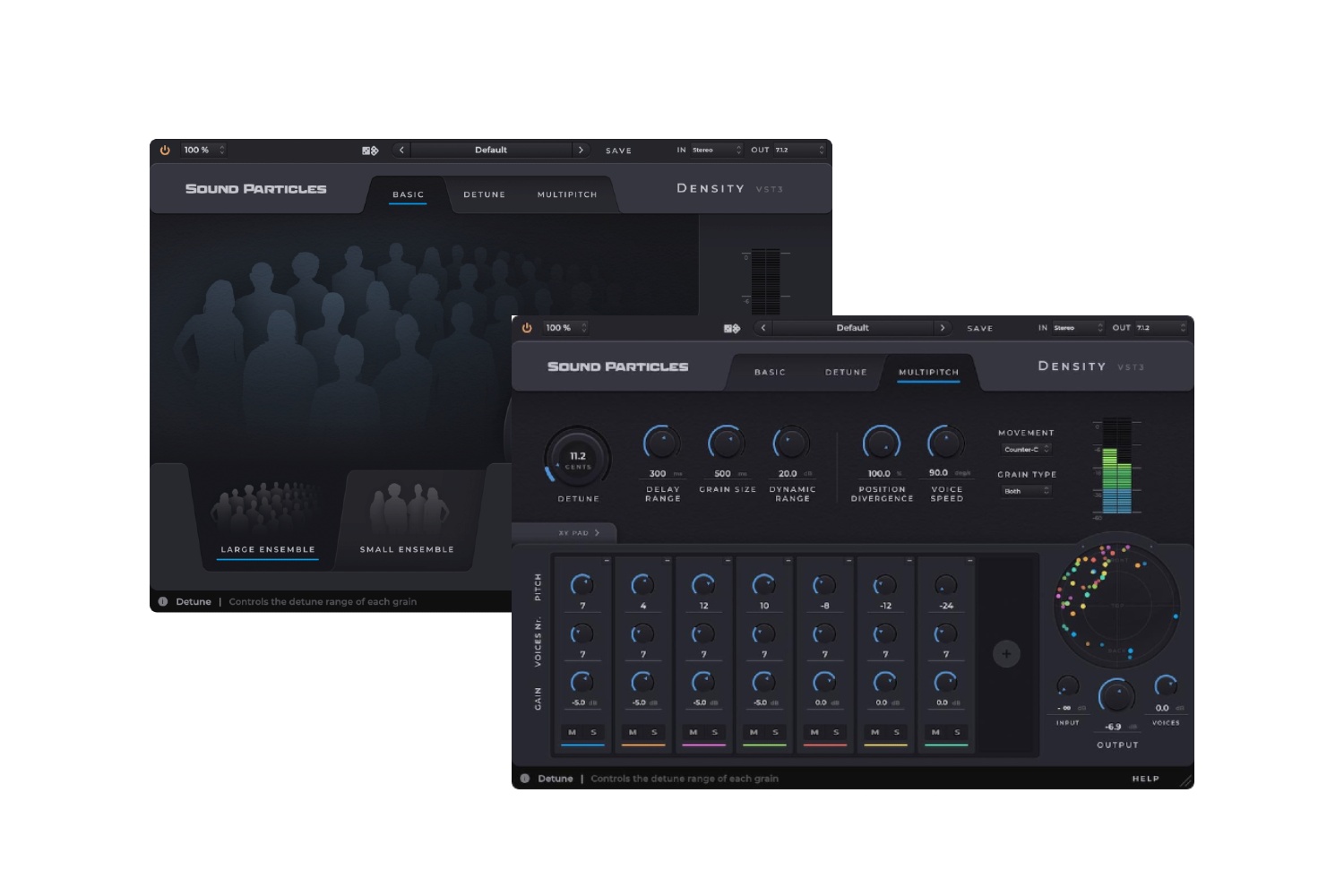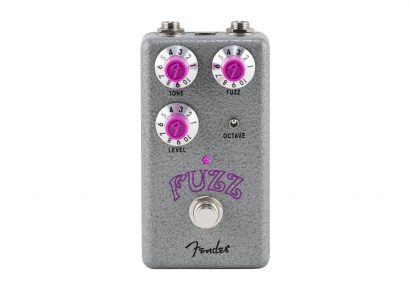Sound Particles | Enquire for pricing
Breathing life into the digital plugin landscape is a tough sell. There’s a large swathe of plugins that either blatantly copy or take their major ideas from other VSTs or their hardware counterparts. That sentiment does not ring true for Sound Particles, the Portuguese-based plugin manufacturers who create truly unique plugins that you won’t find anywhere else. Their first offering, the namesake plugin Sound Particles, applied computer graphics techniques to audio, with more features and parameters than you would imagine to manipulate and tweak.
Catch up on all the latest music gear reviews here.
Building from this, they utilised the granular synthesis model and have applied it to more specific parts of audio processing. For those unaware, granular synthesis is a technique that splits audio samples into tiny grains of audio and by playing them back at different amplitudes, speeds and phases, you can obtain extremely rich and new sounds from even simple waveshapes or noise. This new offering from Sound Particles, aptly named Density, utilises this granular synthesis technique to create multiple layers of the input signal, detune them, repitch them, and move them around the stereo field with you in control of how this takes place.
One way to think about this effect is imagining a choir of let’s say 10 people. Each person would naturally start and stop singing at fractionally different times, as well as have slightly different pitches and sing at different levels. This would result in 10 different layers of sound with slightly different results within these three parameters. This is what Density is achieving within the digital realm, adding slightly detuned layers to the original signal at different volumes and with very short delay times to emulate multiple voices in a choir from one single voice. This concept applies not only to human voices, but for creating an ensemble from a single violin or enhancing a synth tone into a wide, moving, and dense sound.
For users who want to add more of a classic layered unison effect, there’s basic mode which simplifies the control set and lets the plugin do most of the thinking. In this mode you simply have three controls to worry about, voice detune, add bass, and the choice between a small or large ensemble. The ‘add bass’ option adds an additional layer of voices an octave below the input signal to create added thickness alongside the unison effect. This basic mode also pans the voices between outputs in a balanced way that will maintain phase correlation.
Detune mode adds another layer of tweaking with controls for delay range, grain size, dynamic range, voice speed, divergence, movement direction, grain type, and the specific amount of voices in use by the plugin. With these controls, the depth of what’s available for sound design becomes immense with the ability to create some absolutely striking wide and moving audio signals. For example, you could create 100 voices detuned by up to 80 cents with close to one second of delay added to any one grain, with random grain movement in both regular and reversed voices. Wild.
Moving on to the third and final mode, multipitch which builds on the functionality from the detune mode and adds the ability to control a group of voices tuned to specific frequencies. There’s eight different slots with individual controls for pitch, the number of voices and gain. With 25 voices per slot, you can technically add 200 voices with this mode which is just about as dense as you’re going to get in terms of movement and depth.
If you find a sound you like, you can save it via the preset menu which is easily accessible by the top panel. There’s factory presets available for perusing to help you add quick width or absolute wildness to your audio signal. Maybe these aren’t scratching the itch? You can always hit the randomise button and see what happens with most results pleasing, and some utterly bonkers. Density features a noiseless bypass button which you can use to audition the dry signal without the clicks and pops usually associated with bypassing an audio effect using your DAW’s controls.
One of the cool features of the detune and multipitch modes is the ‘top view’ which allows you to see all audio granules bounce around in virtual space. It’s especially interesting in multipitch mode as each group of voices or granules is colour coded to show you how you’re affecting the stereo field in real time.
The Density plugin is capable of outputting in a variety of audio formats from mono and stereo, to 5.1 and immersive audio which lets you spray audio granules in 3D space. This makes the plugin suitable for post-production film and TV uses alongside its obvious place within music mixing, production, and sound design. The plugin can be used in AAX Native, AU, AUv3, and VST3 formats to suit engineers in any DAW.
Density can be used in a variety of ways to enhance your audio productions, whether that be widening the stereo field on a mono track during a mixdown, creating interesting textures and sound effects during sound production, or utilising the output routing to breathe life and space into a mono source in immersive audio formats, this plugin is a robust and well thought out plugin design that can be used by many different audio specialisations.
Overall, Density is a great plugin for adding width, depth, and space to your audio sources which due to its three modes, suits the budding, intermediate, and advanced audio engineers alike. This plugin adds spatialisation to the mix in both subtle and intense ways with a visualiser, so you know exactly how you’re affecting the source material.
Head to Sound Particles for more information.

